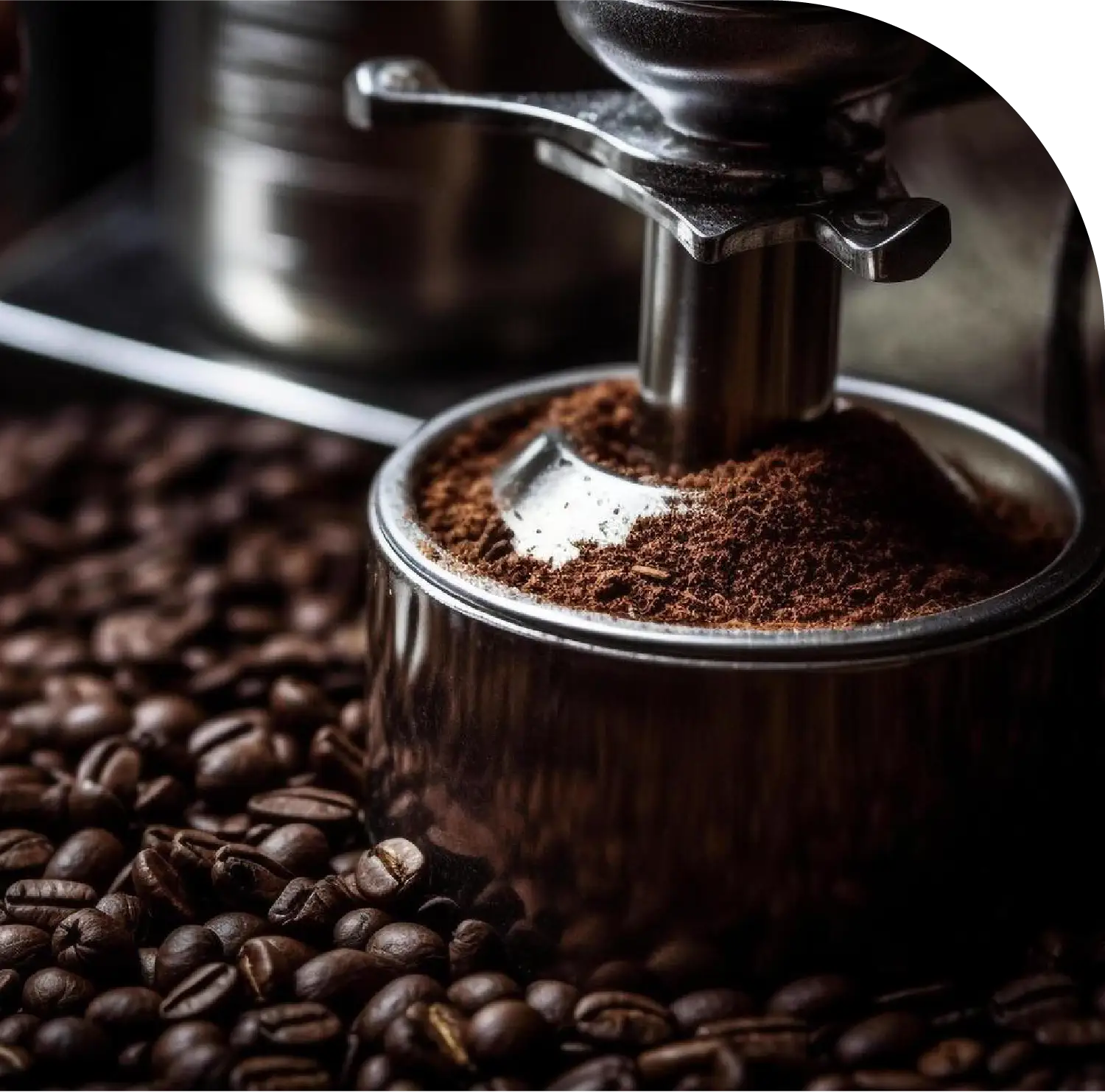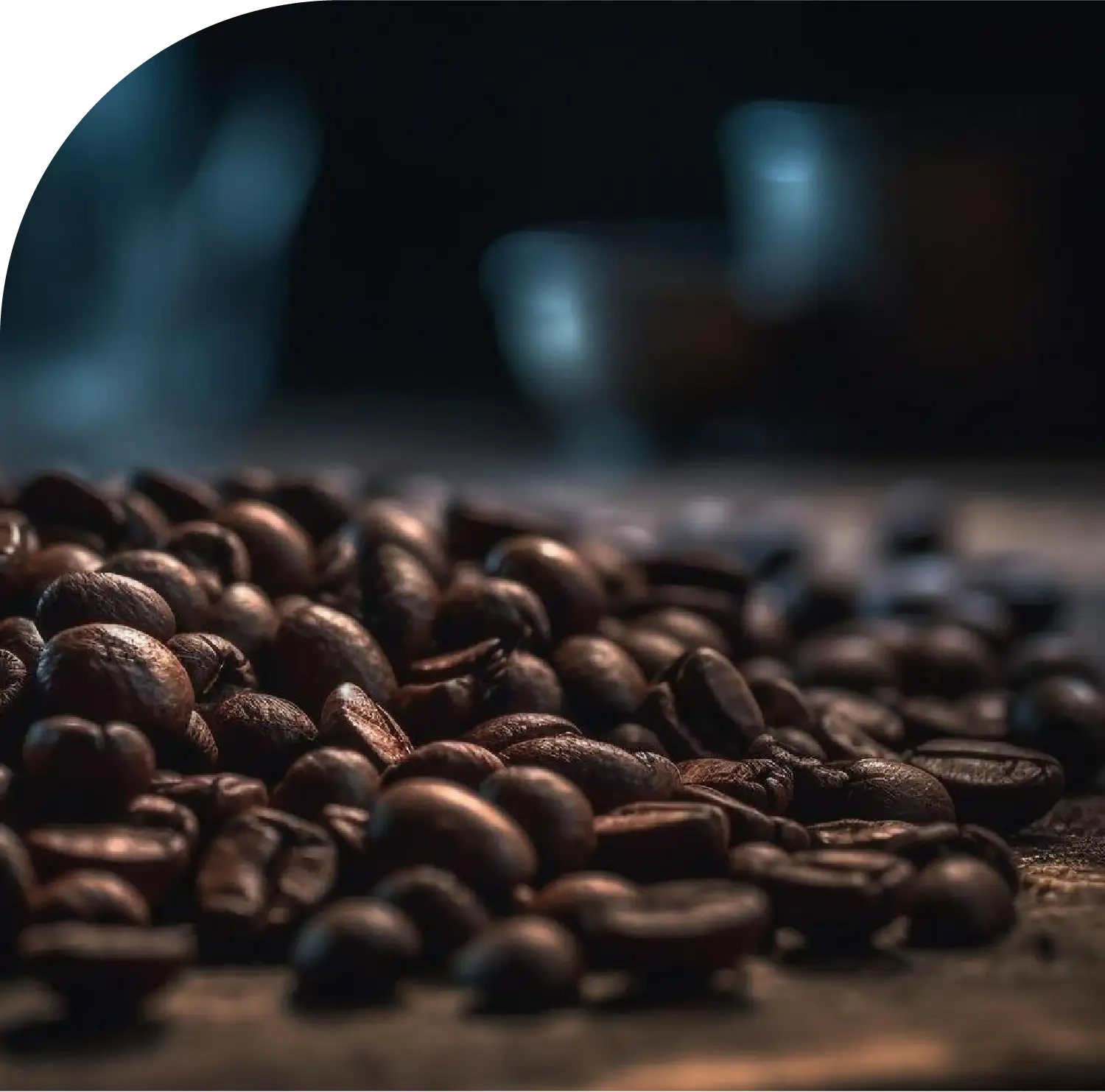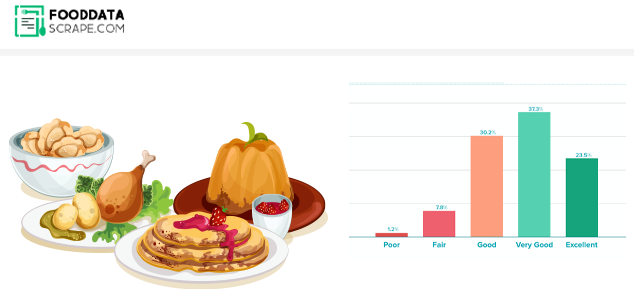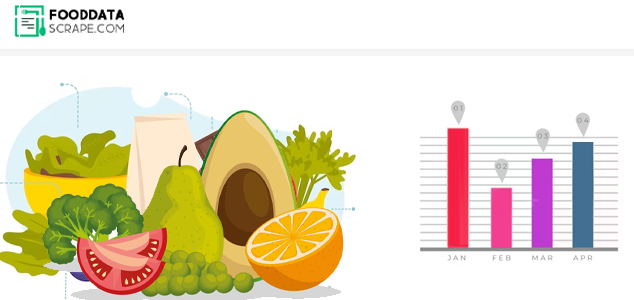Introduction
The world of coffee is constantly evolving, with new flavors, brewing techniques, and café trends redefining how people consume their favorite beverage. Yet, amid this evolution, one discussion remains timeless—the contrast between espresso beans and coffee beans. While both originate from the same source, their preparation, roast profiles, and uses create entirely different coffee experiences.
As consumer preferences diversify, businesses increasingly use digital analytics to Scrape Espresso Beans vs Coffee Beans Trends Data, allowing them to track flavor shifts, roasting preferences, and preparation techniques across global audiences.
This market intelligence helps producers and café brands Scrape Coffee and Espresso Bean Details, offering insight into how the modern drinker perceives intensity, aroma, and brewing versatility. In this data-driven era, coffee decisions are not just made by taste—they are shaped by consumer analytics and digital research.
Analysts also Scrape Coffee Bean Types Data to evaluate varietals, roast levels, and origins that influence both espresso and drip coffee consumption. By examining these distinctions, coffee professionals gain a clearer understanding of how roasting and brewing transform a single bean into diverse beverage experiences.
The Foundation: Origins and Nature of Coffee Beans
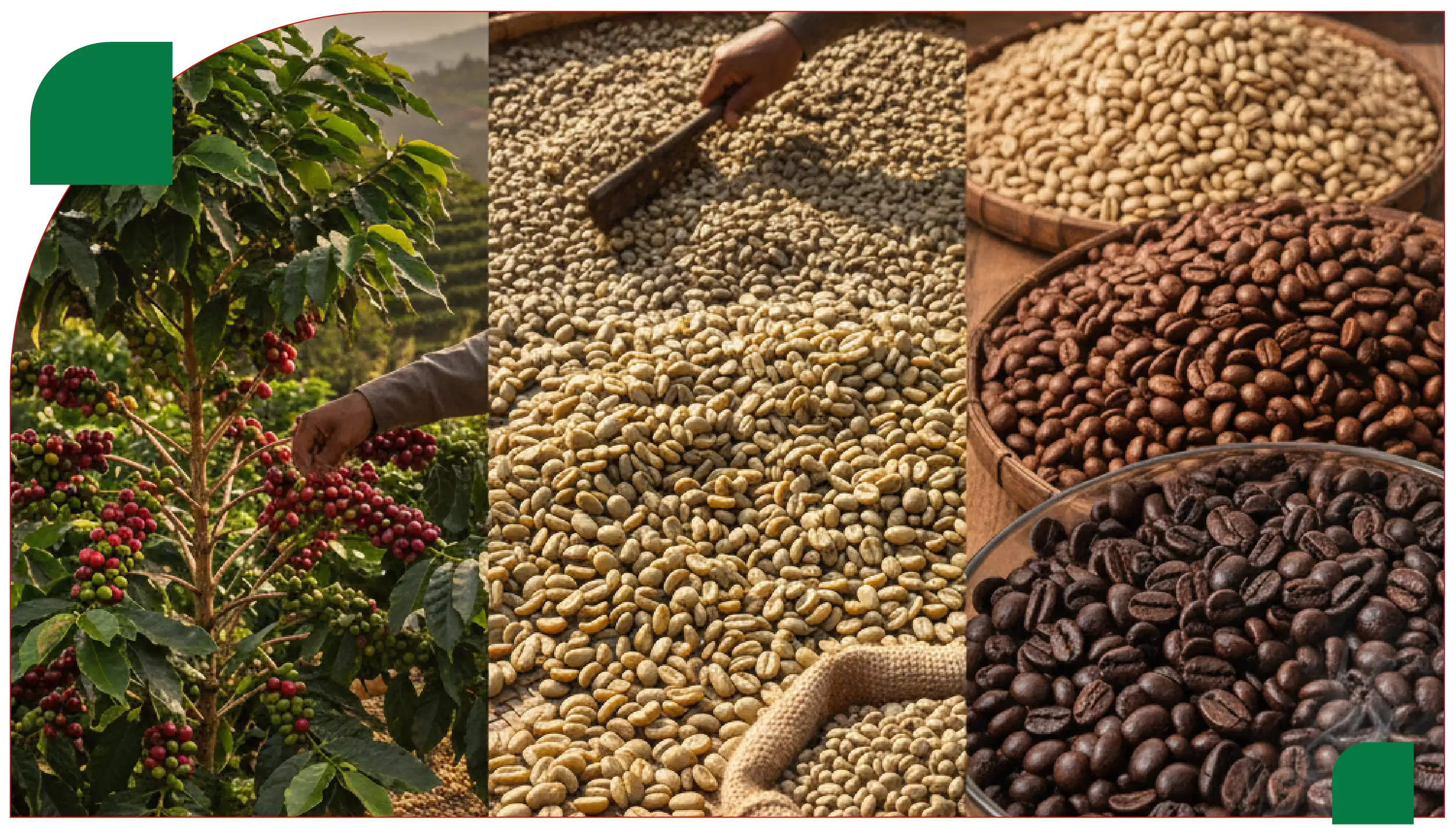
Coffee beans are the lifeblood of the global coffee industry. Harvested from the Coffea plant, these seeds are cultivated in tropical regions of Latin America, Africa, and Asia-Pacific. Once processed, they become the backbone of coffee beverages worldwide—from light morning brews to rich after-dinner espressos.
Each bean’s flavor is shaped by factors like soil composition, altitude, and climate. Roasting adds another layer of complexity, developing aromatic oils and altering acidity. Lighter roasts often emphasize citrus or berry notes, while darker roasts produce deep, chocolatey tones with reduced acidity.
Globally, four main coffee bean varieties dominate the supply chain, each offering unique qualities that cater to different markets and brewing methods.
| Bean Variety |
Common Origin |
Signature Flavor |
Caffeine Level |
Preferred Use |
| Arabica |
Brazil, Ethiopia |
Sweet, fruity, balanced |
Moderate |
Pour-over, espresso |
| Robusta |
Vietnam, Uganda |
Bitter, earthy, bold |
High |
Instant blends, espresso |
| Liberica |
Malaysia, Philippines |
Floral, smoky |
Moderate |
Specialty coffee |
| Excelsa |
Southeast Asia |
Tart, fruity, exotic |
Moderate |
Blended profiles |
The balance of flavor, caffeine, and roast versatility keeps coffee beans at the center of beverage innovation worldwide.
The Intensity: Espresso Beans and Their Role in Modern Brewing
Espresso is not defined by a special kind of bean—it’s characterized by how the beans are treated. Typically, espresso beans are dark-roasted to bring out deeper caramelized notes, then ground finely for high-pressure extraction. The result is a dense, aromatic shot topped with a smooth crema.
Baristas and coffee roasters analyze espresso drink performance through digital platforms that Extract Coffee Bean and Espresso Bean Insights Data, offering an accurate look into trending flavors and consumer sentiment.
Espresso preparation highlights craftsmanship—each shot delivers a concentrated burst of flavor that forms the base for beloved café drinks such as cappuccinos, Americanos, and lattes. With the rise of global café culture, espresso has transformed from a European staple to a worldwide favorite, inspiring an entire lifestyle around quality brewing and flavor precision.
Shared Roots, Divergent Paths
At their core, espresso and coffee beans share the same genetic origin. However, their preparation diverges significantly once roasting and grinding begin. Espresso beans are roasted longer to achieve the smoky, full-bodied intensity ideal for pressure brewing, while coffee beans for drip or cold brew retain lighter roast profiles that emphasize brightness and clarity.
Grinding also creates contrast—espresso requires a fine powder-like grind to extract flavor rapidly under pressure, while drip coffee needs a coarser grind to maintain balance during longer brewing.
Industry specialists rely on Web Scraping Espresso Beans vs Coffee Beans Data to observe how consumer reviews and online recipes reflect these brewing nuances. Such insights guide roasters in fine-tuning their beans for specific audiences and equipment.
Breaking Down the Differences
Though espresso and coffee share a lineage, their distinctions are essential to understanding their unique appeal. Below are the core variables that define how they differ in practice.
- Roasting Depth and Aroma
Espresso beans undergo longer roasting to reduce acidity and increase caramelization, producing richer body and darker notes. Coffee beans for pour-over or drip methods often remain medium or light roast to preserve nuanced acidity and floral hints.
- Grinding Precision
Espresso relies on fine grinds that enable efficient extraction within 25–30 seconds. Coffee, depending on the brewing method, uses coarser grounds to allow water flow without over-extraction.
- Caffeine and Energy
A single espresso shot contains around 60–80mg of caffeine. In contrast, an 8oz drip coffee may hold up to 120mg. Despite the perception, caffeine concentration per ounce is higher in espresso but lower in total volume.
- Texture and Mouthfeel
Espresso boasts a creamy, velvety consistency, while regular coffee feels smoother and lighter. The crema in espresso enhances body, whereas drip coffee’s clarity emphasizes aroma.
- Brewing Equipment
Espresso machines require pressurized extraction, while drip or French press setups focus on gravity-based filtration—each defining a distinct sensory outcome.
The Economics of Beans: Market Growth and Sales Performance
The commercial coffee sector is a global powerhouse, supporting millions of livelihoods across continents. Both espresso and coffee bean markets are expanding as demand grows for premium experiences and at-home brewing technologies.
| Market Segment |
Valuation (2024) |
Projected 2032 Value |
CAGR |
Primary Consumers |
| Coffee Beans |
$32.6 Billion |
$47.2 Billion |
4.7% |
Home brewers, general consumers |
| Espresso |
$4.31 Billion |
$7.0 Billion |
5.9% |
Café professionals, urban youth |
| Iced Coffee |
$1.4 Billion |
$2.2 Billion |
5.1% |
Gen Z, millennials |
| Instant Coffee |
$30.1 Billion |
$39.5 Billion |
3.2% |
On-the-go users |
The espresso segment shows faster growth, reflecting café culture’s global reach and younger audiences’ affinity for stronger, customizable drinks.
Emerging Consumer Patterns
-
Rise of Specialty and Third-Wave Coffee:
Younger demographics prioritize ethical sourcing, transparency, and artisanal craftsmanship. Independent roasters thrive on offering traceable beans and distinctive flavor experiences.
-
The Home Café Movement:
Affordable espresso machines and smart brewers empower consumers to replicate café-style beverages at home. Reports show that 70% of U.S. consumers now prefer making coffee themselves.
-
Sustainability as a Value Driver:
Eco-conscious buyers favor fair-trade, shade-grown, and organic coffee products, influencing sourcing decisions across the supply chain.
Companies monitor these behavioral shifts using Espresso Beans vs Coffee Beans Trends Data Scraper technology, analyzing everything from roast-level preferences to milk alternative usage across e-commerce and delivery platforms.
Harnessing Data: Technology in Coffee Analytics
In the digital economy, coffee insights are increasingly data-driven. Modern brands rely on Food Delivery Data Scraping Services to map product availability, consumer reviews, and pricing trends across online retailers and cafés.
At the same time, Restaurant Menu Data Scraping captures how restaurants describe, price, and promote espresso and coffee drinks—helping businesses refine marketing language and menu layout.
These systems integrate seamlessly with Food Delivery Scraping API Services, which automate the continuous extraction of coffee product data, ingredient information, and regional preferences. This not only supports competitive analysis but also improves pricing and sourcing strategies.
Additionally, cafés and suppliers benefit from Restaurant Data Intelligence Services that merge scraped data with real-time analytics, offering a panoramic view of the coffee economy. From bean origin to brewing trends, these tools enable smarter, faster, and more profitable decisions.
Regional Insights: How Geography Shapes Taste
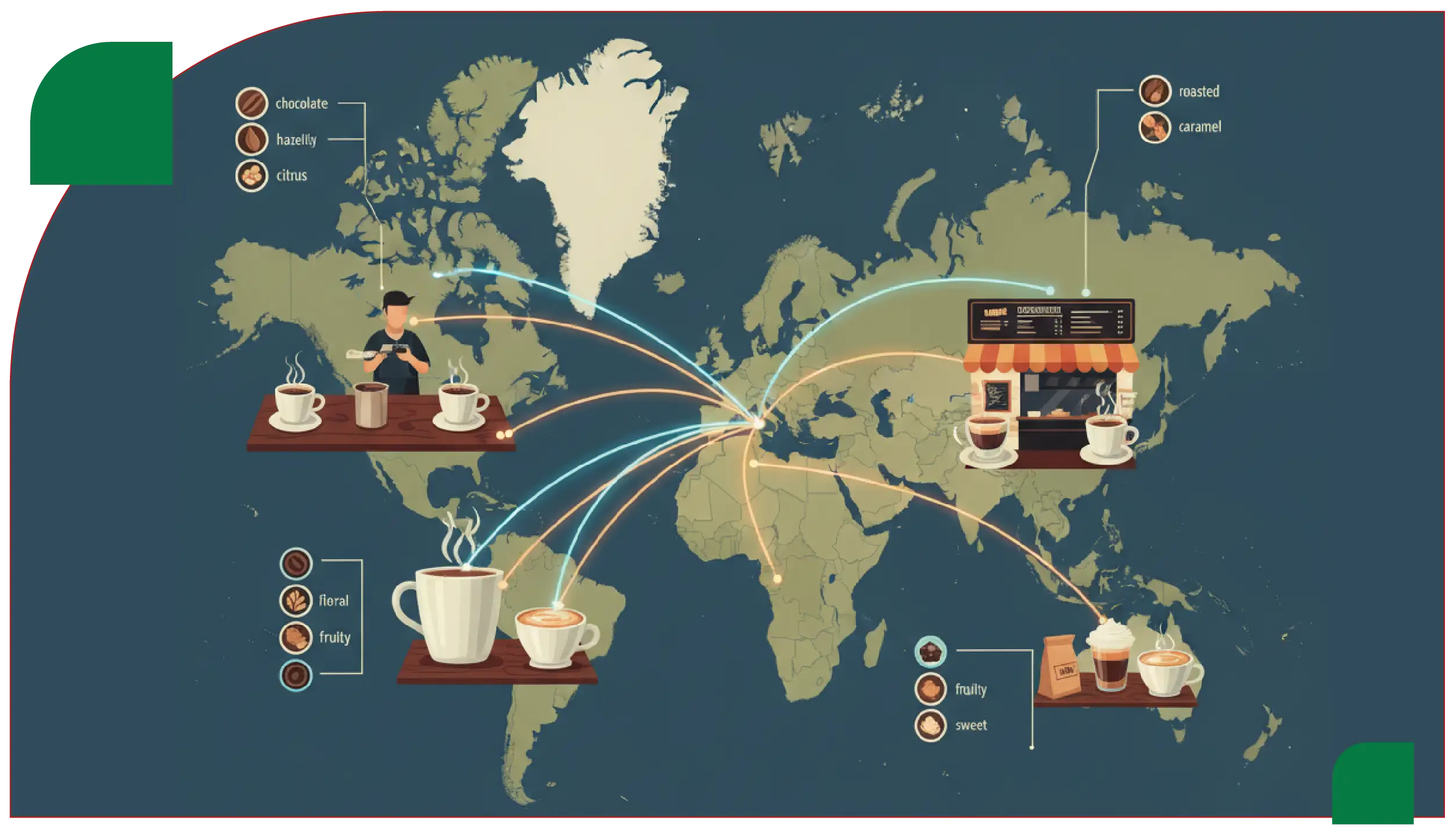
In Italy, espresso remains a cultural ritual—served short, strong, and often standing at the bar. Northern Europe and North America favor lighter drip coffee, emphasizing volume and variety.
Asian markets such as South Korea and Japan embrace fusion coffee culture, balancing convenience-driven instant products with trend-forward espresso creations. These hybrid preferences demonstrate how regional diversity fuels innovation.
By aggregating digital conversations and menu listings, market analysts can identify regional roasting trends, helping global brands adapt to local palates through strategic flavor mapping and supply chain customization.
The Broader Impact: Coffee as a Global Industry
Coffee is one of the most traded agricultural commodities, sustaining economies in over 50 producing nations. The rise of espresso culture contributes to broader economic activity, including equipment manufacturing, packaging technology, and café service innovation.
Modern roasters leverage smart roasting technologies, sustainability certifications, and digital storytelling to stand out in an increasingly competitive environment. Coffee’s role now extends beyond refreshment—it represents a blend of culture, technology, and global commerce.
Conclusion
The debate between espresso and coffee beans is not about competition but celebration—two brewing styles offering endless possibilities. Espresso delivers intensity and texture, while traditional coffee provides comfort and flexibility. Both coexist harmoniously in the modern beverage landscape.
Businesses that embrace digital insights gain a significant advantage. Through Food delivery Intelligence services, they can track global patterns, refine marketing campaigns, and forecast flavor trends with accuracy.
Data visualization platforms like the Food Price Dashboard further empower coffee brands to monitor ingredient costs, consumer reactions, and competitor pricing strategies dynamically. By connecting these insights with comprehensive Food Delivery Datasets, coffee companies and roasters can uncover untapped opportunities and align their offerings with the ever-evolving global coffee culture.
In a world where every sip tells a story, understanding the nuances between espresso and coffee beans allows both brands and consumers to appreciate coffee not just as a beverage—but as an art form driven by passion, science, and data.
If you are seeking for a reliable data scraping services, Food Data Scrape is at your service. We hold prominence in Food Data Aggregator and Mobile Restaurant App Scraping with impeccable data analysis for strategic decision-making.






















































































